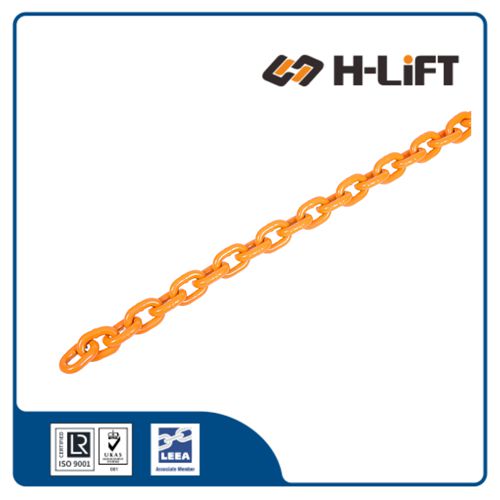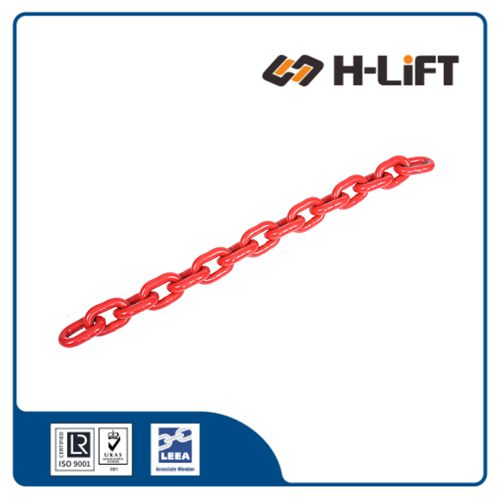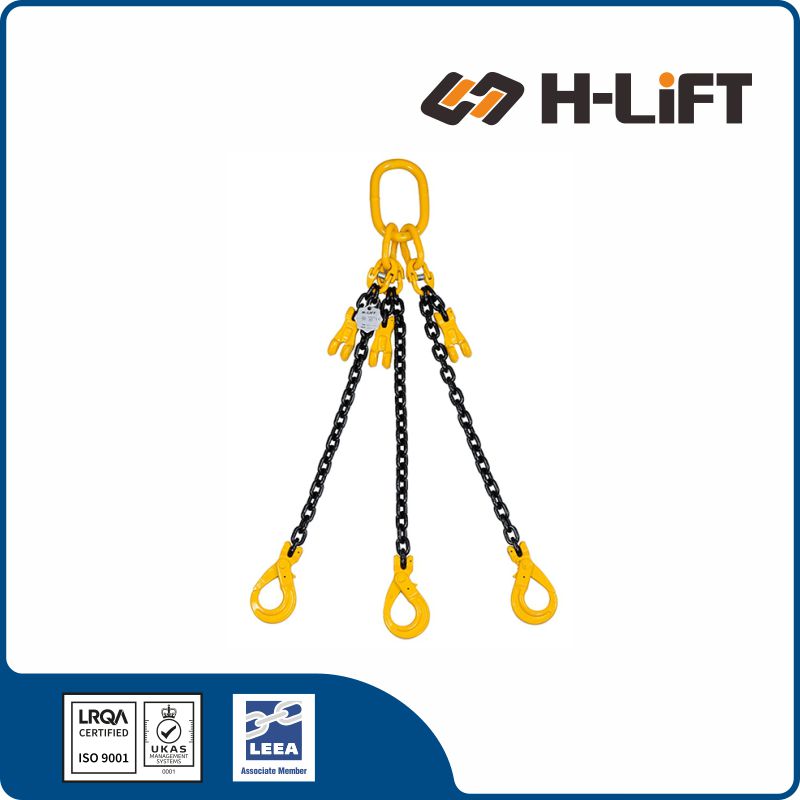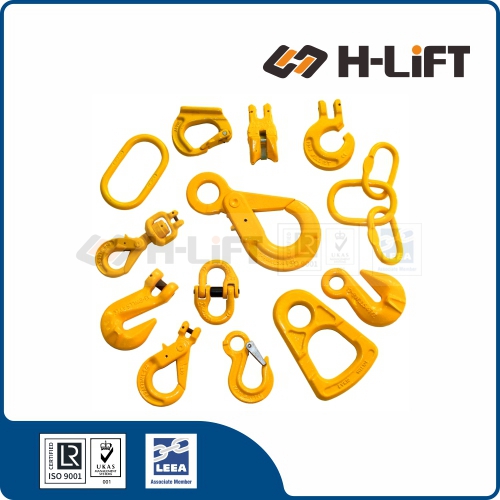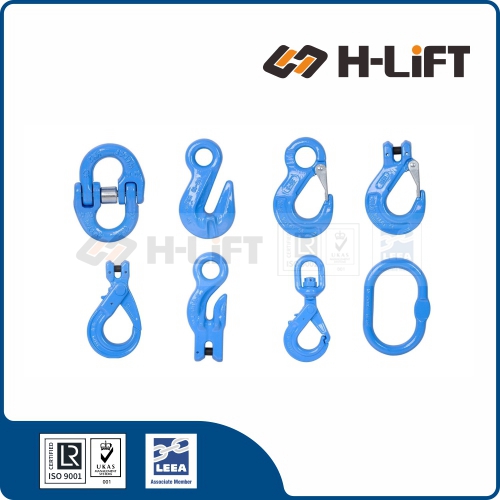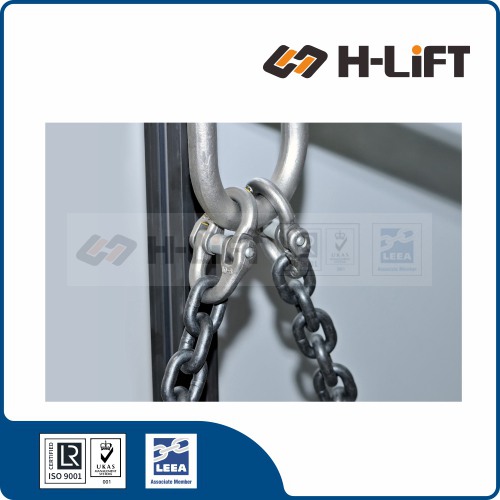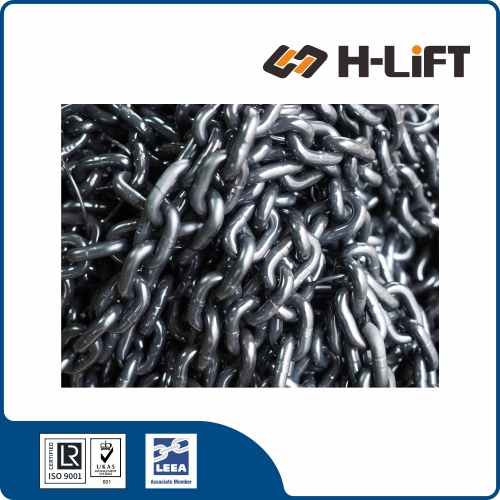EN 818-2 is a European standard that specifies the requirements for steel chains used in chain slings for lifting purposes. Grade 80 chain is a specific type of alloy steel chain known for its high strength and durability. When using Grade 80 chain in chain slings according to EN 818-2, it's important to adhere to the specific requirements outlined in the standard. Here are some key considerations:
Sling Chain:
- Function: A sling chain is part of a lifting sling assembly, which may include other components like hooks, links, or end fittings. The sling chain itself contributes to forming a flexible and adaptable lifting system.
- Construction: Sling chains are also made of strong materials, often alloy steel. They are designed to be flexible and capable of adapting to different load shapes and sizes. The construction allows for the creation of various types of lifting slings, such as chain slings or wire rope slings.
- Features: Sling chains typically have end fittings or attachments at each end, enabling them to connect to the load or the lifting device. They are versatile and can be configured for different lifting applications. Chain slings are much more resistant against kinks, crushing and other mechanical damages than any other sling type. Due to their flexibility, they can be stored in much smaller spaces (like buckets or small containers) as compared to wire rope slings. Also, chain slings are the only sling type that can infinitely be length adjusted ‘link-by-link’ by so called ‘grab hooks’ to adjust to off-balanced- or uneven loads.
- Applications: Widely used in industries like shipping, construction, and manufacturing, where lifting and rigging operations involve a variety of loads.
Material and Construction:
- Grade 80 Chain: Ensure that the chain used in the sling complies with the material and construction requirements specified in EN 818-2 for Grade 80 chains. Grade 80 chains are typically made from alloy steel and are heat-treated for strength.
Marking and Identification:
- Traceability: The chain should be marked or identified with relevant information, including the manufacturer's mark, grade, size, and any other required markings, as specified in the standard.
Chain Dimensions:
- Link Dimensions: The chain must meet the dimensional requirements outlined in EN 818-2, including the size, diameter, and tolerances of the individual links.
Mechanical Properties:
- Minimum Breaking Force: The Grade 80 chain used in the chain sling should have a minimum breaking force that meets or exceeds the requirements specified in the standard.
Welding and Fitting Requirements:
- Welding: If welding is involved in the assembly of the chain sling, ensure that it complies with the welding requirements outlined in EN 818-2.
- Fittings: The use of end fittings, hooks, or other components should also comply with the standard's requirements.
Usage and Inspection:
- Safe Use: Follow the guidelines and recommendations provided in EN 818-2 for the safe use of chain slings, including factors such as load angles, working load limits, and usage conditions.
- Inspection: Regular inspection of the chain sling is essential for safety. Follow the inspection procedures outlined in the standard and replace any components that show signs of wear, damage, or deformation.
It's crucial to obtain and follow the specific requirements of EN 818-2 and the manufacturer's instructions for the Grade 80 chain and chain sling components you are using. Compliance with these standards ensures that the lifting equipment is safe and meets the necessary performance criteria.







